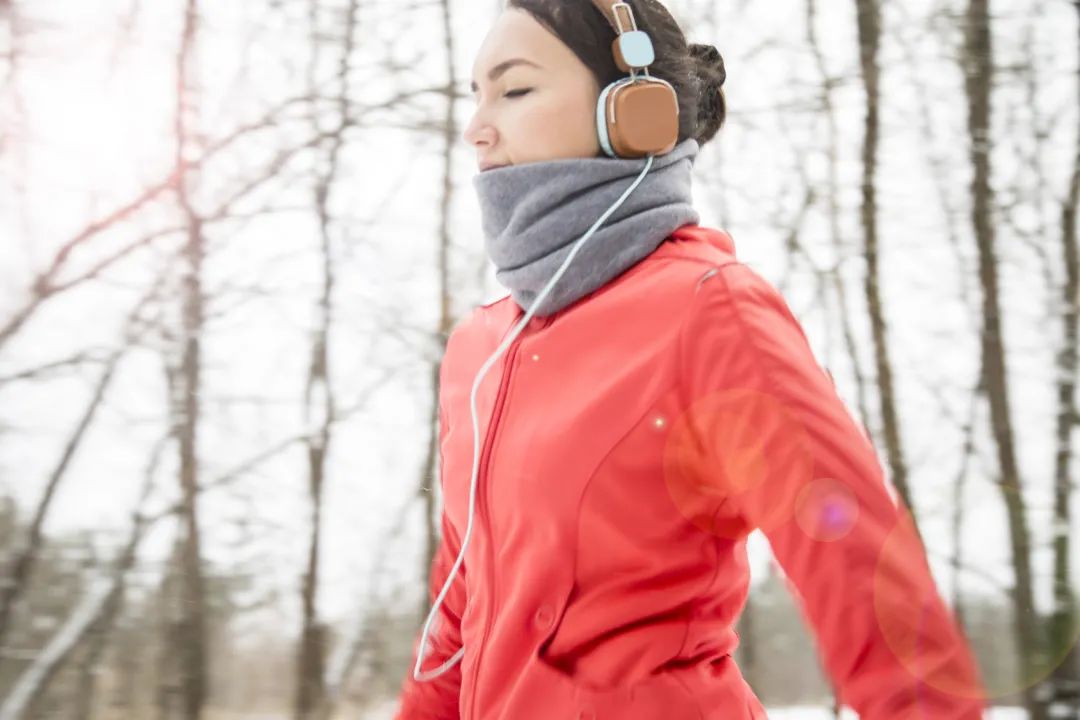It’s very cold in winter, and runners have difficulty breathing
. 
——Text: sour grapefruit picture: Although the rumor of “the coldest winter in 60 years” on the Internet has been refuted by the government, many people feel the same about it, as if they are experiencing an unprecedented cold winter
. 
The cold wave is coming wave after wave (could it be psychological?)
. 
It’s absolutely difficult to run in such a cold winter
. 
Perhaps you have heard your mother (or grandmother) earnestly advise you: “don’t go out running on such a cold day, drinking too much northwest wind is not good for lung.” Then you insisted on going out and ran for hundreds of meters, feeling chest tightness and shortness of breath, with burning sensation in your nose and lungs
. 
So you start to think about whether it’s right not to listen to your mother
. 
Does too much cold air inhaled by running in winter cause lung damage? Let’s look at the structure of the lung first
. 
For convenience, we can describe the shape of the lung like this: imagine a tree trunk with two branches separated from its top, and then more branches branch out at each end, more and more branches, more and more dense, until round leaves emerge at the top
. 
Turn the “tree” upside down and reduce it to the size that can adapt to the chest
. 
It’s probably the shape of the lung
. 
The trunk is equivalent to the trachea, the branches are bronchi, and the round leaves at the top are alveoli
.
The lung is the organ where we exchange gas
.
Before the air enters the lungs, it is inhaled through the nose or mouth
.
During the whole process, the air is heated and humidified
.
If the inhaled air is cold, it will make the lung tissue feel cold
.
When the gas is discharged, these parts will be warm again
.
But it’s not the cold air that burns your nose, throat or lungs, it’s the dry air
.
Because the air is particularly dry in winter, the process of heating and humidifying starts very early
.
This process will result in the energy exchange between heat and water, resulting in a burning sensation
.
On the other hand, in order to moisten the air, the nasal cavity or mouth will release more water, which will make these parts feel the same burning pain
.
Another kind of situation is that when we run, we breathe too fast and gasp with our mouths
.
Then there will be a lot of dry and cold air directly into the lungs before it can be heated and wetted
.
This is one of the causes of bifurcation and lung pain
.
So often going through this kind of situation will damage our lungs? In fact, it won’t
.
The vast majority of runners have nasal, throat or lung discomfort due to too much cold air, adjust their breathing, adapt to the rhythm, and the symptoms will disappear
.
As far as we know, the lung can withstand very low temperature without cold damage
.
This is largely because the veins of blood flow are widely distributed in the lungs
.
Our bodies have powerful and stable systems that can help us fight the cold
.
However, we need to emphasize that those with respiratory diseases, such as asthma, should not take the risk of running in the winter and windy days
.
Inhaling cold air can cause bronchospasm in asthmatic patients
.
So in order to reduce the similar discomfort caused by breathing cold air, what methods can we use? 1
.
Keep water many people think that running in winter is not as sweaty as running in summer, and it’s troublesome to take water with them, so they despise the importance of replenishing water in winter running
.
But keeping enough water in your body also allows your respiratory system to heat and humidify the cold air better
.
2
.
Scarves and masks have important strategic significance in winter running, and scarves and masks help us fight against the discomfort caused by too much dry and cold air
.
They are an additional air preheating layer
.
3
.
Inhale through nose and exhale through mouth, that is to say, inhale through nose and exhale through mouth
.
Because the nasal cavity can inhale less air at one time, the whole pipe directly to the lung is also longer, that is, the air inhaled by the nasal cavity can be more fully heated and humidified
.
But there will also be other problems, such as just breathing with your nose, you can’t change your breath, shortness of breath or bifurcation
.
At this time, you should quickly slow down and adjust your breathing rhythm
.
A lot of people enjoy the feeling of running in winter
.
They feel very quiet in their hearts, or they have the pain and pleasure of self sharpening
.
In order to ensure the winter running experience, we need to do a lot of protection and adjustment, for example, adjust the breathing
.
Although too much cold air will not make your lung “injured”, it may make you particularly uncomfortable
.
Only when you deal with it well, can you be prepared
.
Please don’t leave without permission
.
